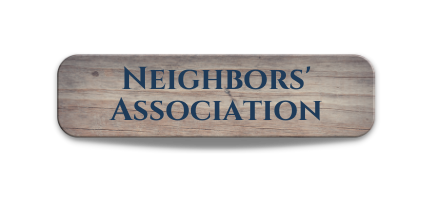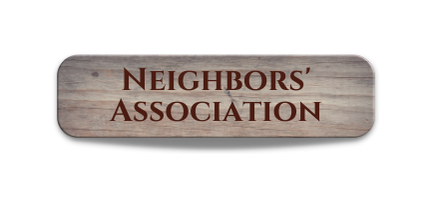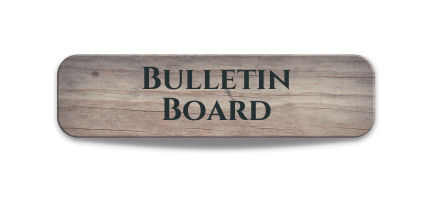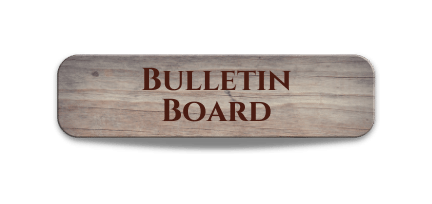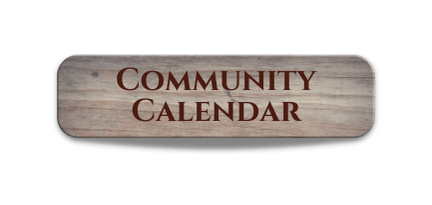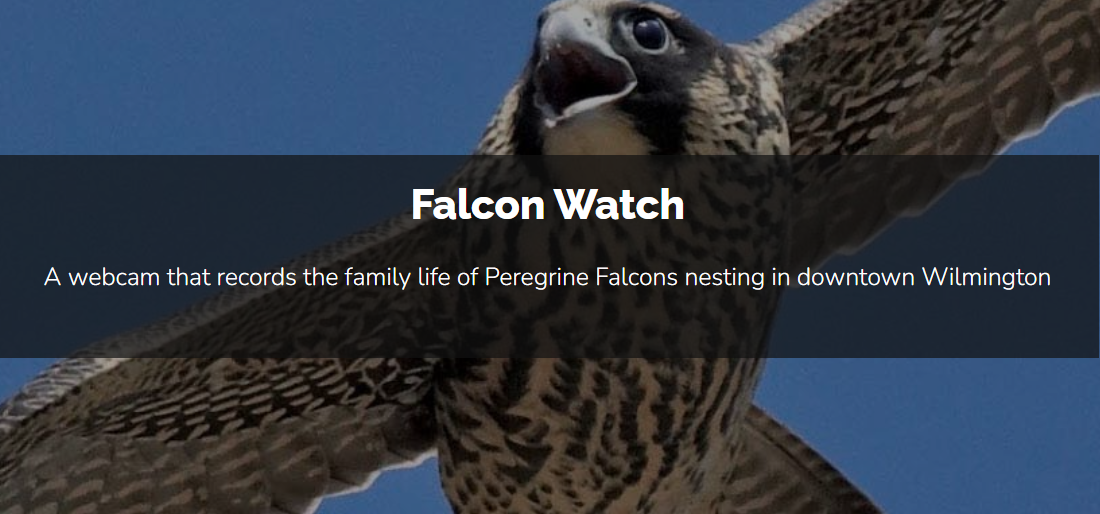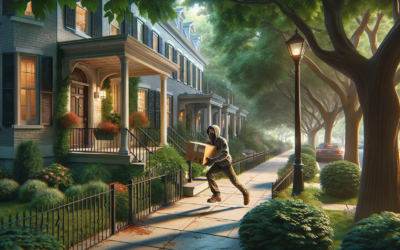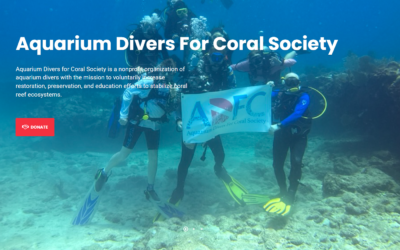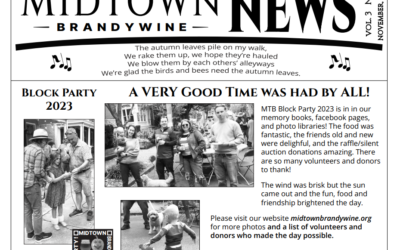Midtown Brandywine News’ Simon Cousins recently had the pleasure of speaking with Michael Moore, President of the Delaware Ornithological Society, Scott T. Northey, the Vice President, and Kim Steininger, who has been overseeing the “Fledge Watch” for Midtown Brandywine’s Peregrine falcons since 2002.
For the benefit of those who may be only partially familiar with the conservation project, we started by asking where the Peregrine Falcons’ home is, and where the Fledge Watch takes place.
Kim Steininger: The falcons’ nest is situated on the northern edge of the roof of the Brandywine Building, the brown high-rise on the corner of 11th St and West St. As for the Fledge Watch, it occurs on the top level of the parking garage on the corner of 12th St and Tatnall St, and via our four live webcams. Both buildings are visible from most of Midtown Brandywine, and if you were at the Courtyard Marriott hotel, you’d be kitty-corner from both locations.
MBN: Can you share with us the history behind the falcon program in our neighborhood?
Michael Moore: Peregrine falcons were severely affected by the pesticide DDT in the 1960s and were nearly driven to extinction. I recall seeing my first Peregrine falcon in the late ’60s, which was a thrilling experience since they had become so rare. Due to their dire situation, they were placed on the endangered species list, necessitating a recovery program. These falcons typically nested on cliffs and inaccessible areas to protect themselves from predators. However, it was noticed that they began breeding on buildings in urban areas that could approximate cliffs and provided an ample food supply of pigeons and other prey. Yet, some nesting sites were not appropriate, resulting in nest failures from storms and other issues. To address this, artificial nest boxes were installed throughout the east coast, including bridges.
This initiative has been incredibly successful, leading to the hatching of many falcons. In 1992, a nest box was installed on Wilmington’s Brandywine Building, thanks to Craig Koppie of USFWS, who observed recent falcon activities in downtown Wilmington. In 2010, a webcam was added inside the box, allowing thousands of viewers to glimpse into the world of the Wilmington Peregrine Falcons. The current resident falcons for 2023 are a new pair named Whitman (the male) and Bridget (the female), who replaced Trinity and Red Girl, who nested on the building for over a decade.
Kim Steininger: Whitman hatched on the Walt Whitman bridge on the New Jersey side. He’s a Jersey boy! Bridget is from the PA/NJ Turnpike Bridge on the Pennsylvania side. This year, they laid five eggs, and their daughter, Solo, earned her name because she’s their only offspring. It was unusual to have a low hatching rate, but it appears they are still getting synchronized and figuring things out. Solo is thriving, and falcon pairs can typically raise four or five young.
MBN: Could you share more about the Fledge Watch?
Michael Moore: ‘Fledging’ is the term used when a bird leaves its nest. Every year, the experience is unique and filled with excitement as the young falcons take their first flight. The best viewing spot to witness the fledging, flight lessons, and feeding of the young falcons is from the top of the City Center Parking Garage, located off of 11th Street, directly across from the nest box. Recently, our young female falcon, Solo, took her first flight just a day or two after leaving the nest. However, she ended up landing in the middle of the road, making it a perilous situation. The fledge watch is instrumental in providing assistance to the falcons when they end up in dangerous spots.
Kim Steininger: When the young falcons first fly, they may not have enough strength to generate sufficient lift, leading them to get grounded. In such instances, they need us to place them in a higher location to ensure their safety. I remember receiving a call while driving from the individual who monitors the cameras, informing me that Solo had just flown for the first time. Since we had no volunteers on-site, we were uncertain of her whereabouts. I quickly changed my route and began searching for her. Fortunately, I found her in between the entrance and exit of a parking garage on a Friday morning at 7:45 a.m.
Michael Moore: Indeed, the fledge watch plays a critical role in their survival. These young falcons won’t make it without our assistance.
Kim Steininger: After finding her, I moved her to the roof of the Brandywine Building. We had to act fast since the parents might attack if we linger too long. At that time, the parents were flying around, and while they didn’t come too close, they were getting nearer. We delivered her back to the roof and left quickly. However, she didn’t stay on the roof for as long as I hoped she would. Solo took flight again a few hours later.
Michael Moore: That’s why the installation of these new webcams has been so beneficial. Now we can track them across a much wider area and more quickly. It’s been a great addition this year, but it’ll be truly phenomenal when we have three or four fledglings to keep track of simultaneously.
MBN: With over 10,000 views daily, the live webcam watch has become incredibly popular!
Michael Moore: Absolutely! Additionally, we have nearly 4,000 followers on our Wilmington Falcons Facebook page [editor’s note: the page is really excellent, entertaining and often funny]. One of the significant advantages of this program extends beyond the benefit to the falcons. It provides people with insights into the lives of these magnificent birds, allowing them to appreciate nature in all its splendor. Peregrine falcons are reputed to be the world’s fastest birds when it comes to capturing prey, making watching them an incredible experience. This is especially true for many students and classrooms that regularly tune in to observe these magnificent creatures.
MBN: That sounds like a wonderful journey for the falcon family. What comes next for them?
Kim Steininger: The adults will begin teaching Solo how to be a successful falcon, starting with food handoffs in the air and then food drops in midair. Eventually, they will encourage Solo to venture out on her own, as they do with all the young falcons. The two adult falcons will stay in Wilmington year-round.
Michael Moore: Indeed, there is a great deal of skill involved in capturing prey like a pigeon or robin while in midair. The adults will toss dead birds up in the air, allowing Solo to practice intercepting them.
MBN: How can the Midtown Brandywine community support our falcon neighbors?
Kim Steininger: We need more volunteers, especially as we anticipate more young birds in the future. The more eyes we have on them, the safer and more successful they will be.
Michael Moore: If any neighbors are interested in joining the Peregrine falcon program email list, they can reach out to us through the contact-us form on the Delaware Ornithological Society website. Moreover, we encourage neighbors and local businesses to become members of the Society!
Scott Northey: The Society already works with some fantastic partners, and we would welcome more from the Midtown Brandywine business community. As the falcon program gains popularity, there are valuable sponsorship opportunities available.
Michael Moore: Despite being a small organization, we have ambitious goals. We run an active youth birding program and are heavily involved in citizen science. One of our signature events, the Bird-a-thon, takes place every spring, where teams of birders venture out to identify as many bird species as possible, collecting donations based on the number of species they find. Over 17 years, we have raised almost $800,000 through the Bird-a-thon, and we use those funds mainly to purchase land, typically wetlands, to protect endangered species like the Red Knot. Thanks to the Bird-a-thon, we have protected close to three thousand acres of land in Delaware.
We also organize field trips and monthly meetings where people can learn more about birds. Support from the community is crucial because the effectiveness of a conservation organization lies in the number of people supporting its cause. Joining the Delaware Ornithological Society costs only $25 per year, and we extend an invitation to everyone in Midtown Brandywine to join us!
For more information, visit the Delaware Ornithological Society’s Falcon Watch on the web: https://www.dosbirds.org/citizen-science/falcon-watch/ and visit the Wilmington Falcons on Facebook at https://www.facebook.com/wilmfalcons/
This article appeared in Midtown Brandywine News, August 2023.
Thank you to Union Press Printing for their kind partial-sponsorship of print costs for the August edition. We encourage neighbors to consider Union Press, a local family-owned business since 1935, for their printing needs. Contact Union Press at 302-652-0496 or [email protected]

